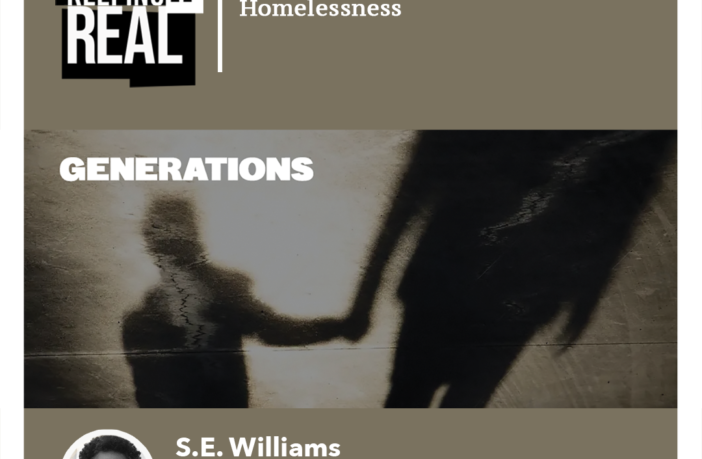Last Updated on September 12, 2023 by BVN
Many readers are aware that after multiple extensions over a two year period, California’s eviction moratorium came to an end June 30, 2022, with the expiration of both the COVID-19 Tenant Relief Act (CTRA) and the COVID-19 Rental Housing Recovery Act.
Despite it coming to an end, the California Apartment Association continued to ask its members to hold off on eviction and some municipalities in the state, like the City of Los Angeles for example, extended the moratorium for non-payment of rent until the following dates: August 1, 2023, for unpaid rent owed from March 1, 2020, to September 30, 2021, or February 1, 2024, for unpaid rent owed from October 1, 2021, to January 31, 2023.
It’s been a little over a month since August 1 and sadly, the table seems set for these individuals and families in Los Angeles to add to an already untenable homeless problem in that city.
In the meantime, we have our own problems here in the inland region. Most would be hard pressed to claim the June 30, 2022, expiration of the eviction moratorium did not contribute to the breathtaking 26% increase in homelessness during the past year in San Bernardino County as determined by the 2023 Homeless Point in Time Count. No less than 4,195 homeless individuals were counted among the homeless and nearly 71% (2,976) of them were unsheltered.
Sometimes we read so much uncomfortable news its easy to see the numbers and not the people they represent. At other times, we are jarred to witness the tragedy of it all.
“It is hard to argue that housing is not a fundamental human need. Decent, affordable housing should be a basic right for everybody in this country. The reason is simple: without stable shelter, everything else falls apart.”
Matthew Desmond
This happened Monday to an associate of mine who, while on her way to Los Angeles, drove passed a scene that shook her. When she arrived at her destination she sent me a message saying there was a Black family living on the street in San Bernardino.
“You mean a family with children,” I asked wondering why this stood out to her when there is so much homelessness in the city.
“Yeah,” she texted back. “All generations sitting on the street, from babies to grandmother.”
Her response jarred me as well and I passed the information along to the San Bernardino County’s Homeless Partnership group in hopes they will reach out and offer services.
For Black people and other people of color, living in multi-generational households is not uncommon. As a result, if housing becomes unstable it impacts several generations simultaneously.
There is something about seeing children and the elderly homeless that should tear at the hearts of all of us.
In the 1980s there was a very popular book titled “Rachel and Her Children” that told the story of race and poverty through the experiences of homeless mothers and children. It also highlighted the great amount of money spent by cities and counties to maintain these families in temporary shelters better known as welfare hotels.
It has been about 35 years since “Rachel and Her Children” was published in 1988, and yet we are no closer to a sustainable solution to the problem of homelessness than we were then.
And so, we spend money building tiny houses and making arrangements with local hotels/motels to get people off the street for short periods of time while the number of homeless continues to climb. People are making money off the problem but there is no permanent solution.
I don’t know the answer but there must be a better way. If we humans can’t solve the problem maybe we should ask AI for the solution…. maybe, someone already has.
Of course, this is just my opinion. I’m keeping it real.



